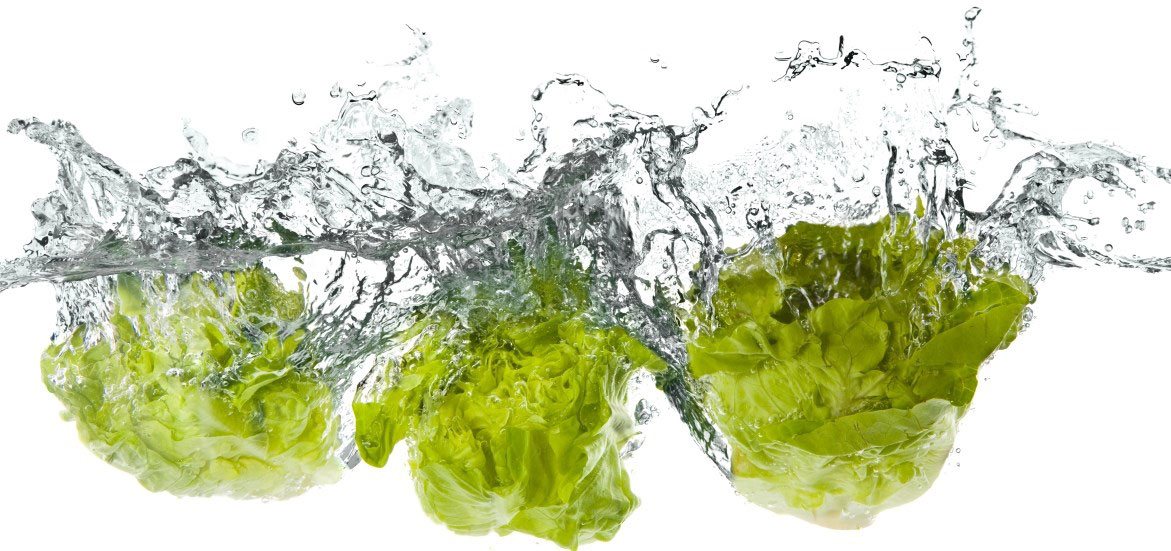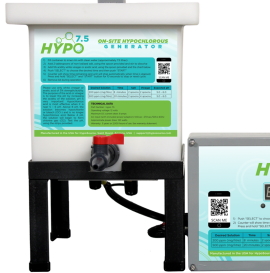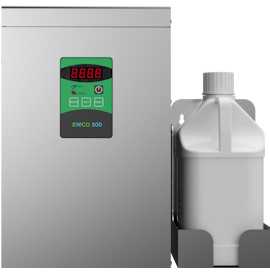What is HOCl?
Quick Facts
How is HOCl made?
History of Electrolysis
Research Publications
Over 30 years of Research on Hypochlorous AcidResearch by Microbial Pathogen
Best Hypochlorous Acid (HOCL) Generators
 Portable Hypochlorous Acid (HOCL) Machine
Portable Hypochlorous Acid (HOCL) Machine
Make high quality hypochlorous acid in the home or office.
$159.99 + Free Shipping
 HOCL Machine + Electrostatic Sprayer
HOCL Machine + Electrostatic Sprayer
Make hypochlorous acid and spray with an electrostatic cold fogger.
$309.98 + Free Shipping
Why is HOCl more efficient at killing pathogens?
Hypochlorous Acid (HOCl) vs. Sodium Hypochlorite (Chlorine Bleach)
Hypochlorite ion carries a negative electrical charge, while hypochlorous acid carries no electrical charge. The hypochlorous acid moves quickly, able to oxidize the bacteria in a matter of seconds, while the hypochlorite ion might take up to a half hour to do the same. Germ surfaces carry a negative electrical charge which results in a repulsion of the negatively charged hypochlorite ion to the area of the germ surfaces, making hypochlorite ion less effective at killing germs. The ratio of the two compounds is determined by the relative acidity (pH) of the water. Water treatment specialists can adjust the pH level to make hypochlorous acid more dominate, as it is more efficient at killing bacteria. The hypochlorous acid's lack of electrical charge allows it to more efficiently penetrate the protective barriers surrounding germs.
Home use of HOCl
-
Home Electrolysis Systems
- What are the benefits?
- Where can it be used?
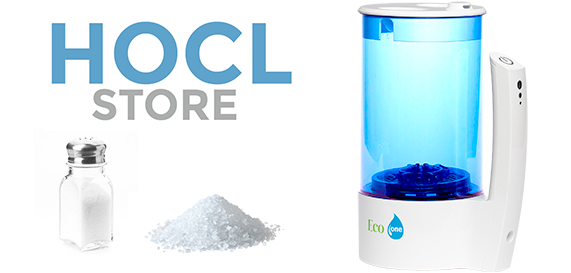
Commercial use of HOCl
- Membrane Cell Electrolysis
- Single Cell Electrolysis
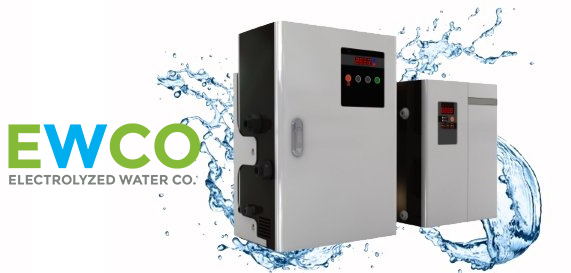
Food Safety
The majority of the research that has been done regarding the practical applications of hypochlorous acid has been in the field of food safety. Since the Food Safety Modernization Act (FSMA) was signed into law in 2011, the focus of food safety has shifted from responding to contamination to preventing it. There is probably no food sanitizer more researched and more understood than hypochlorous acid. The research clearly demonstrates that hypochlorous acid is safe and efficient for ensuring microbial counts are maintained below infectious levels on food and contact surfaces.
Surface Sanitation
Hypochlorous Acid vs. Quaternary Ammonium (Quats)Direct Food Sanitation
Hypochlorous Acid vs. OzoneResearch by Application
Research by Pathogen
